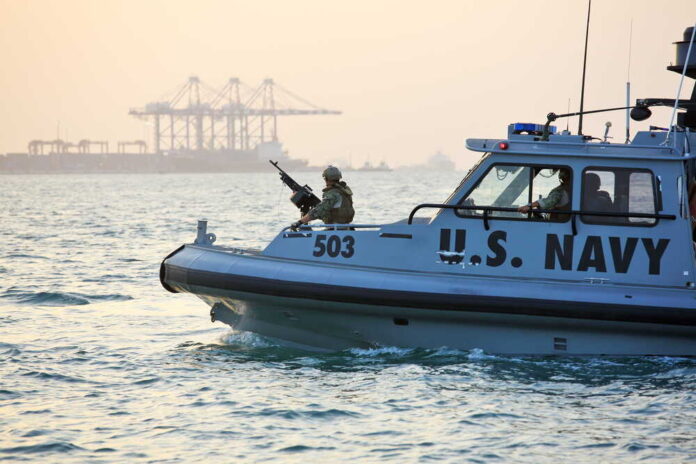
President Joe Biden’s proposed 2024 budget would shrink the size of the United States Navy by two vessels if Congress approves the measure.
There are currently 298 ships in the active Navy register. This is nearly 20% lower than the Navy’s recent goal to have 355 vessels. The recent proposal by the president would construct nine ships while decommissioning 11.
The White House decision was slammed by Republicans in Congress. Rep. Mike Gallagher (R-WI), who served as a Marine Corps intelligence officer disagreed with Biden’s proposal.
Gallagher cited potential threats from China and his belief that “we’re not moving fast enough to build a bigger navy.”
Sen. Roger Wicker (R-MS) argued similarly, arguing that the president’s budget was “sinking our future fleet.”
Wicker, who is the ranking member of the Senate Armed Services Committee, said that the United States needs a “readiness today and a plan to grow our battle force and command the seas tomorrow.”
The senator said that the Biden administration is “risking our maritime security” in the proposed plan.
“We see increasing threats from China, in particular in the Indo-Pacific. We feel like we're not moving fast enough to build a bigger Navy,” says U.S. Rep. Mike Gallagher. Under the U.S. Navy’s current plan, the fleet will shrink to 280 ships by 2027 https://t.co/7T3zJASvDR pic.twitter.com/F2dMbj66Bd
— 60 Minutes (@60Minutes) March 20, 2023
The administration’s announcement also comes as the Navy declared that climate change would be a top priority of the military branch. Secretary of the Navy Carlos Del Toro cited environmental changes in a speech Mar. 1.
Del Toro said in part, “I can tell you that I have made climate one of my top priorities since the first day I came into office.”
The Biden White House’s plan comes in sharp contrast with previous policies. Former President Donald Trump significantly increased military spending during his four years in office.
Furthermore, Biden’s policies are significantly different than that of former President Ronald Reagan. Reagan increased the size of the Navy during the last full decade of the Cold War. Reagan returned a number of mothballed vessels to active service and actively worked on new constructions.
Reagan set the goal of the Navy to be 600 ships, which allowed the United States a more than two-to-one advantage in surface vessels and an almost three-to-one advantage in submarines.

















